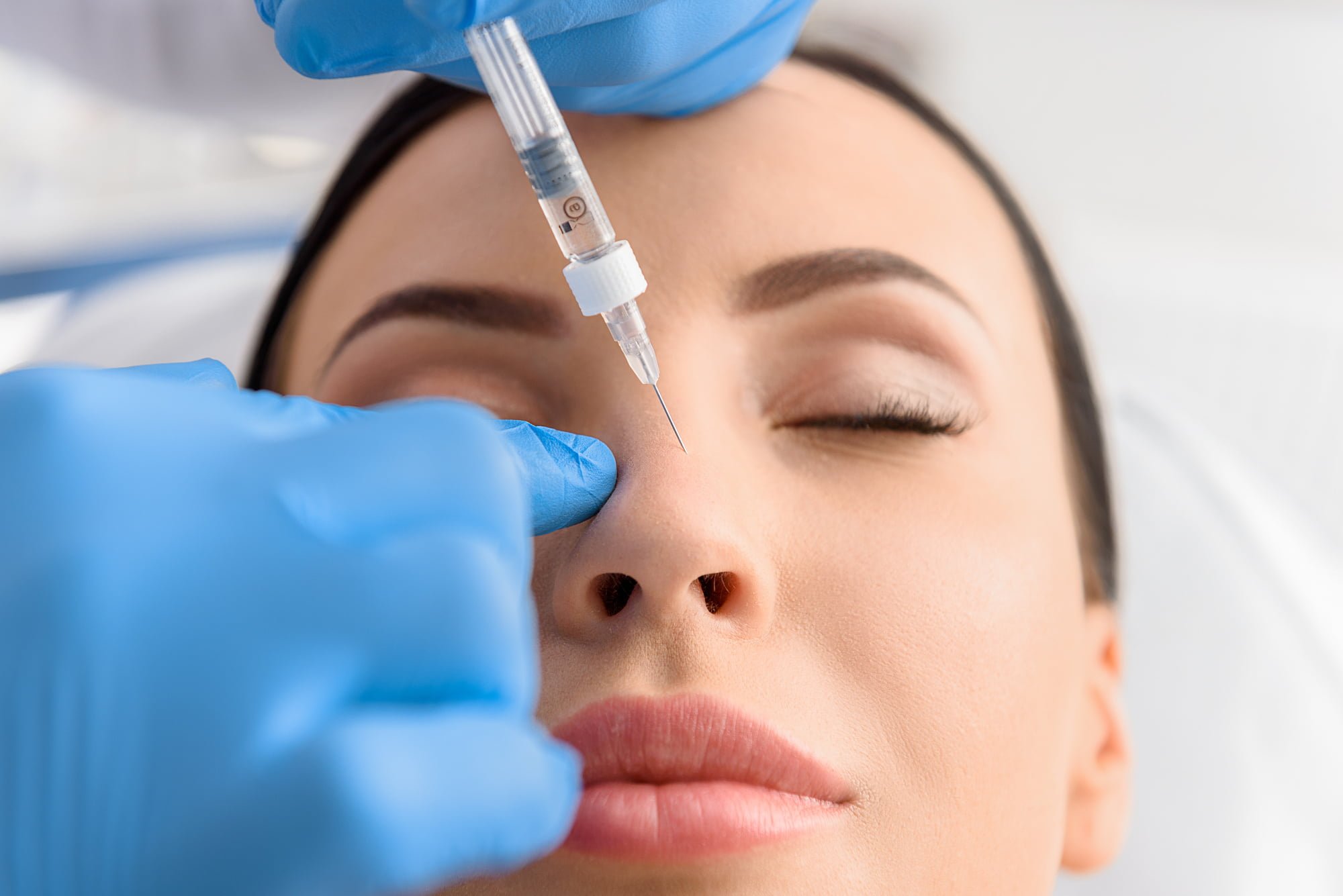
Rhinoplasty is the fourth most popular cosmetic surgical procedure done worldwide especially in Bangkok, Thailand. There are thousands of patients undergoing rhinoplasty at any given time in the world.
You can be one of them. And with the right knowledge and a good cosmetic surgeon, you can well be on your way to achieving the nose shape, form and style that you’ve always wanted for yourself.
There are many things that you have to consider when planning on undergoing rhinoplasty. Here we break down the things that you need to know before you go under the knife.

Rhinoplasty Has Been Around Since Antiquity
You may be surprised to know that rhinoplasty has been around for centuries. The earliest record of a primitive, albeit successful rhinoplasty, was done as early as 800 B.C. by an Indian surgeon.
His works were recorded on a medical compilation and have become the reference for future rhinoplasty developments extending even into the reaches of the western world.
At this time, rhinoplasty was done as more of a corrective measure rather than for its aesthetic effect. Historic medical records also show citations of rhinoplasty done on patients in the Greco-Roman area.
As medical technology advances, so do rhinoplasty techniques. Recent developments have now paved the way for noninvasive surgical procedures to improve the structure of the nose.
There Are Various Rhinoplasty Techniques

Given the extensive history of rhinoplasty, various techniques have been made in the field of cosmetic surgery. Patients now have the option to choose which technique best suits them and surgeons as well also specialize in specific techniques. To know which technique best suits you, discuss your options with your surgeon.
- Open Rhinoplasty
Open rhinoplasty is the oldest rhinoplasty technique. It involves making incisions on the skin between the nostrils. This gives your surgeon more access to the nasal structures and provides for more room to work towards reshaping the nose into the desired shape.
Open rhinoplasty is done in cases where extensive work has to be done on the nose. Although this is a more invasive type of procedure, there’s no fear of excessive visible scarring as a skilled cosmetic surgeon knows how and where to suture the skin of the nose to make it look as natural as possible. 4
- Closed Rhinoplasty
This rhinoplasty technique involves making an incision inside the nose. Since the incision is done inside the nasal structure, there is no chance of visible scarring. After making a small incision inside the nose, your surgeon will work to reshape the nose using the preferred material.
The recovery time for closed rhinoplasty is remarkably faster when compared to an open rhinoplasty. This means there’s a faster downtime and you can be back to your regular self in no time with a closed rhinoplasty. This technique is the preferred method for most rhinoplasties nowadays, but it may not be applicable for those requiring extensive work done.
- Dermal Fillers

If you’re afraid of going under the knife, there’s a faster and safer way to achieve your dream nose. Although fast and noninvasive, dermal fillers are not permanent. After about nine months to a year, these fillers are absorbed by the body and you may find yourself undergoing another dermal filler session. Those who require minor changes in the nasal structure can benefit from this procedure.
Since the effect is temporary, you have to weigh the pros and cons when opting for dermal fillers. Like any medical procedure, this also poses potential complications such as nerve damage or tissue necrosis most especially if not done by a trained medical practitioner.
Dermal fillers are great for those who want instant results minus the commitment to a permanently enhanced nose. Recovery time is almost instant and this is pretty much a fast, outpatient procedure.
You Can’t Exactly Have Someone Else’s Nose
Sure, we all have that one celebrity we admire. And sometimes we find ourselves wishing that we were born with his or her facial features. But unfortunately, no two noses are the same, and your surgeon cannot match your nose to be exactly the same as another person’s.
You can bring a photo with you for reference, but it’s not a guarantee that you will have the same, exact result. Since all of us have distinct facial and skeletal structures, results will vary from person to person. Likewise, our different physical build does not guarantee that the same process done on another patient will wield the same result on everyone.
No 100% Guarantees
We’re all hoping to get nothing but the best results. And although good, qualified surgeons will do their best to meet the agreed-upon results, sometimes an additional surgery needs to be done after the initial rhinoplasty.
This is especially true for those who have had extensive work done. Sometimes, revision rhinoplasty is needed to improve the outcome of an initial rhinoplasty. This is not a common occurrence, however.
Most patients are happy with the results of an initial rhinoplasty that revision rhinoplasties are rarely performed. Revision rhinoplasty can be done by the same primary surgeon or if a patient is not happy with the initial work, he may seek out another surgeon to perform the revisions.
We All Heal At Different Rates

Not everyone heals and regenerates at the same rate.
This is especially true if you have undergone surgery and you find yourself not healing at the same rate as those who have had the surgery done on the same day.
Your friend who had rhinoplasty may be up and about three days post-op, but you’re still in bed all swollen.
Don’t be alarmed if you read about testimonies about people’s recovery after the procedure.
Different factors affect the way our bodies heal. These factors include overall health, diet and even the environment that we are exposed to every day.
Take it easy and don’t force yourself back to your regular routine immediately after the surgery.
What’s important at this stage is close monitoring and a good follow-up with your surgeon to make sure that there are no post-op complications.
